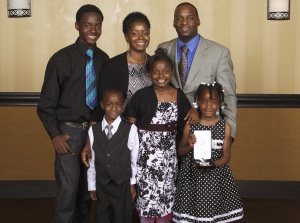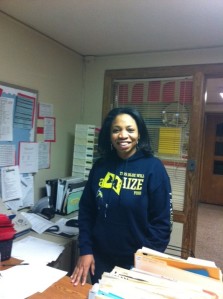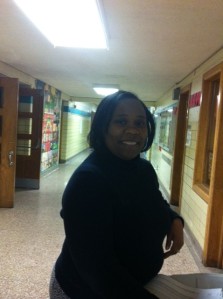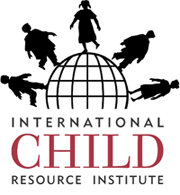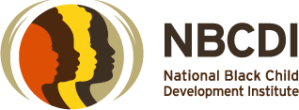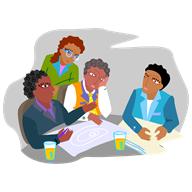Currently, the factors that exist in my daily environments that are supportive to me are:
Technology- My computer and cell phone. These two items keep me connected to my staff, my family, my children’s school, their grades, news, Walden, etc. We are in this age of technology where so many tools, businesses and people are connected that if you took it away now, many would have a hard time communicating and businesses will issues operating.
My immediate family (my husband and kids)- This group supports me in so many ways. Two weeks ago I had my ACL replaced. This has created a lot of changes. They have all helped out in so many ways. My husband is only operating off 3 hours of sleep while working 3rd shift and dropping off and picking the kids up from school daily. I am so appreciative of them, I do not know how I would make it without them in my life.
My career is another factor- My career supports my giving me the funding to provide for me and my family. Without my job, I would not be able to provide for my family.
School Staff- My staff is very supportive. Each member offers her unique support. Currently, I am off work recovering from surgery and the staff is doing what they need to make sure the building is running smoothly.
My New Challenge:
Since I’ve been off work, I have really been thinking about starting a business. Supports that I need:
Other businesses-I would need businesses to utilize my services and help market my idea
My family-I would need my family to support the idea and support me as I do all the leg work to implement the idea
Funding- This is the key support in making this happen. So either through grants or private funding.
Technology-Technology will help with marketing and funding.
Education-My background in the field helps make the business more credible and gives me the insight what services to provide.


